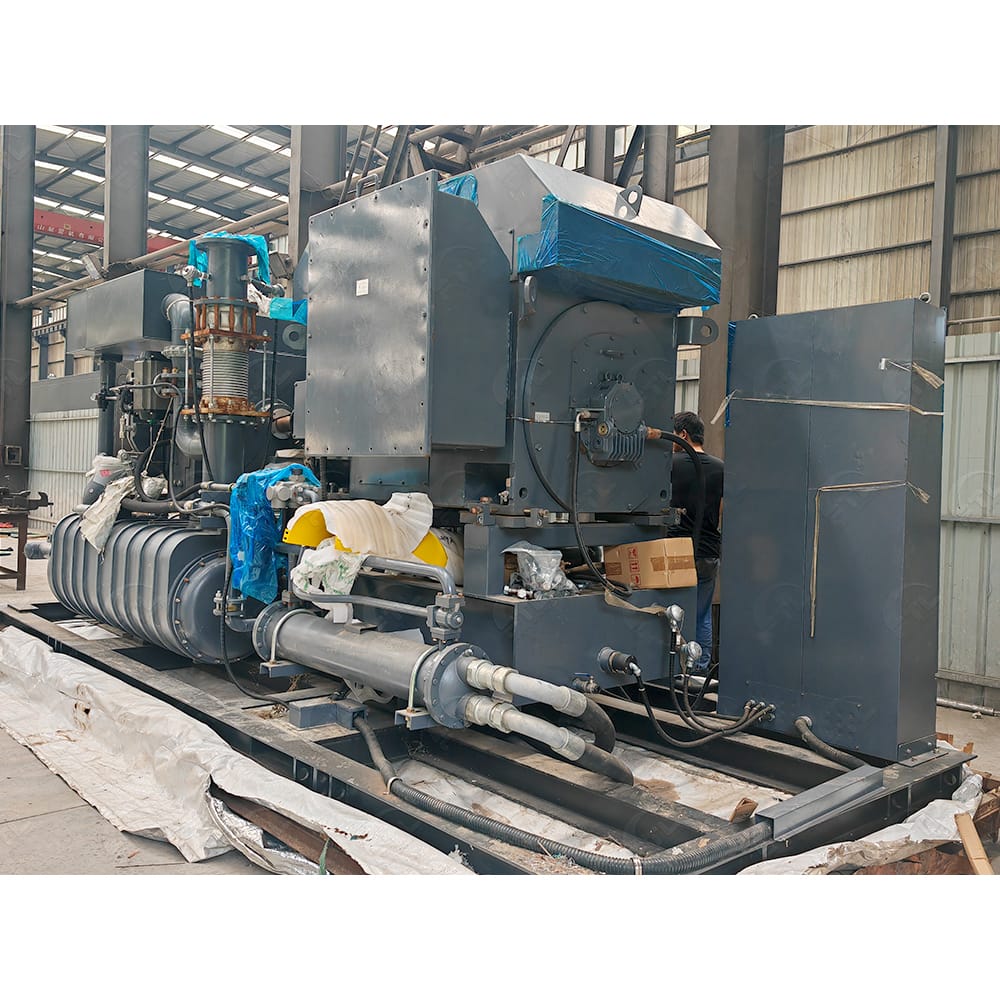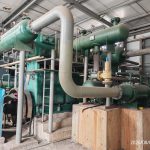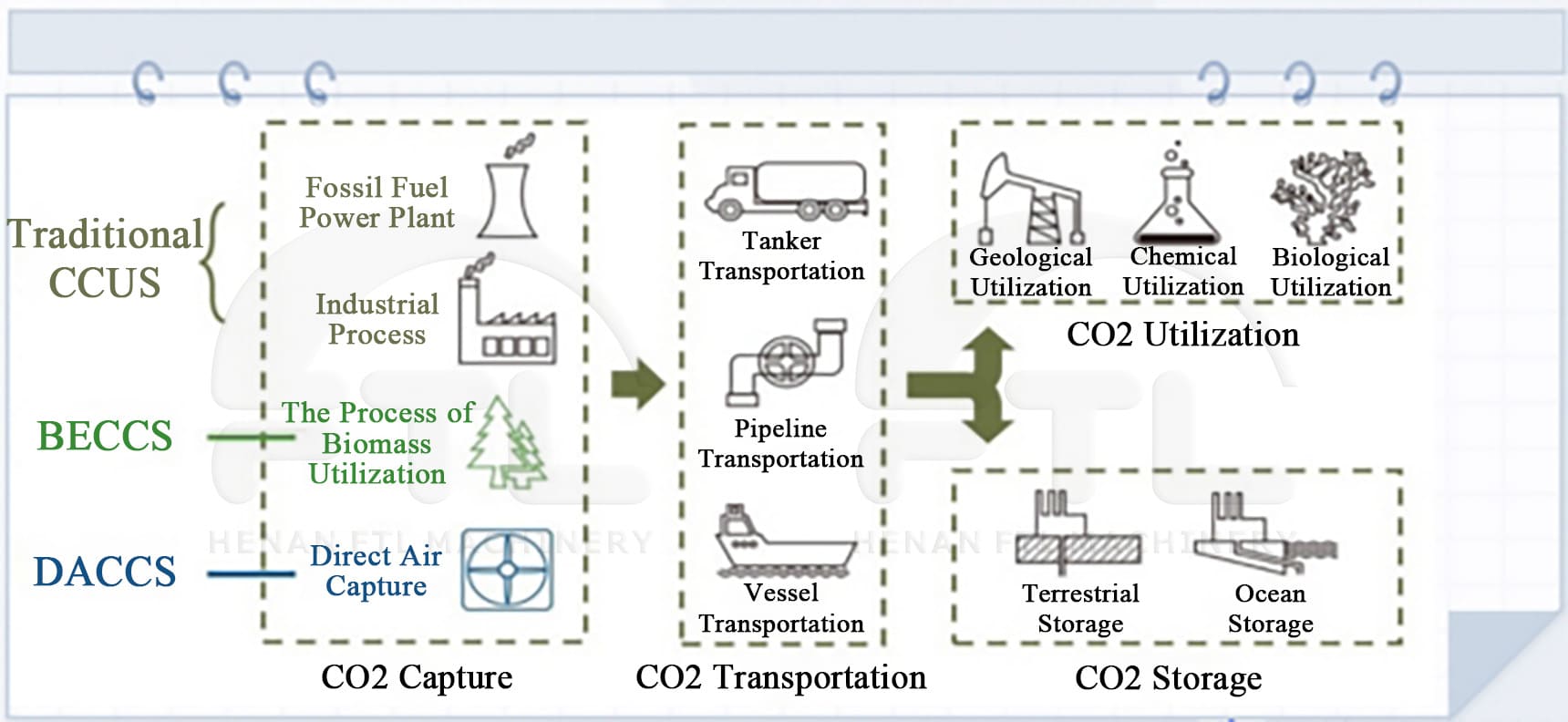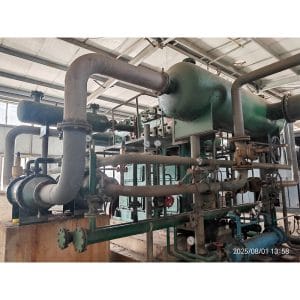CCUS (Carbon Capture, Utilization, and Storage) encompasses the capture, compression, transport, and storage of CO₂, and is applicable to large point sources such as power plants and chemical plants, including those that use fossil fuels or biomass as fuel. Once captured, the carbon dioxide is compressed and transported via pipelines, ships, railways, or trucks, if not used on-site. It can be used for various purposes or injected into deep geological formations, such as depleted oil and gas reservoirs or saline aquifers, supporting either resource utilization or geological storage.
CO2 product details




Complete CCUS project
Carbon Capture Projects
Category:
Environmental Equipment
Product Overview
- EPC turnkey service, covering the entire process. Flexibly integrate downstream applications to form an industrial chain. Meets the needs of projects of various sizes.
- Flexibly integrate downstream applications to form an industrial chain.
- Meets the needs of projects of various sizes.
Key Stages of a CCUS Project
Captured CO₂ can be purified, compressed, and transported for storage in depleted oil and gas reservoirs or saline aquifers, or it can be recycled for other uses.
Capture:
This stage involves separating carbon dioxide from the air either in industrial facilities such as power plants, cement plants or petrochemical plants, or through direct air capture.
Transport:
Once captured,co2 is compressed and transported, usually through pipelines to storage or utilization sites

Diagram showing the complete CO2 recovery process from capture to purification and storage.
Related Products


Product Categories
CO₂ Capture Plant
CO₂ Recovery Plant
CO₂ Storage & Transport
CO₂ EPC Engineering
CO₂ Related Products
